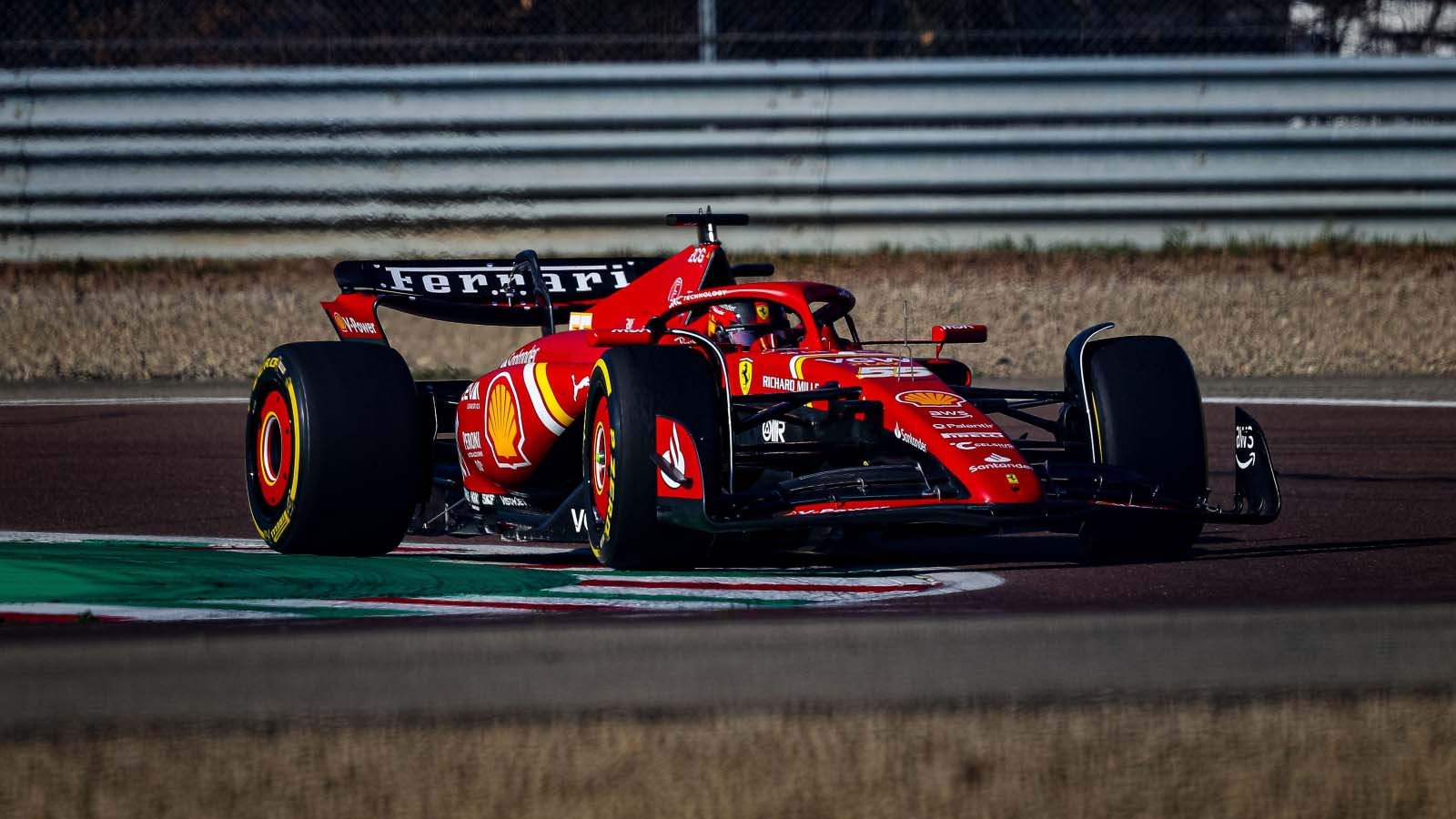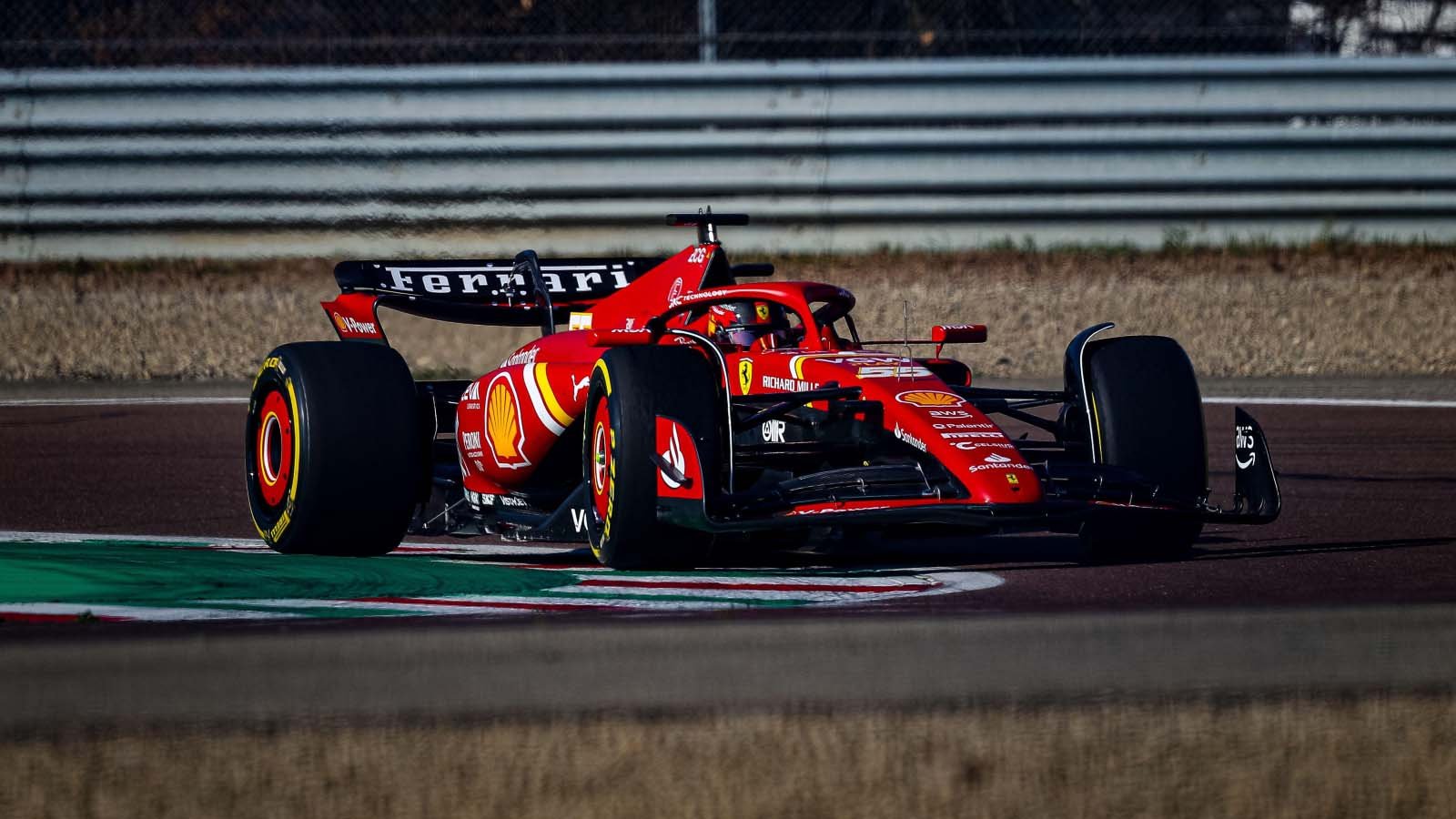[ad_1]
Scuderia Ferrari heads to Japan for the race weekend at the Suzuka International Racing Course after the thrilling one-two finish at the Albert Park circuit in Australia and the Maranello team no longer wants to play the simple role of a follower in the 2024 Formula 1 season. The performance delta that the SF-24 car currently still has against the Red Bull RB20 is the result of various factors. This is what Ferrari team principal Frederic Vasseur claims. The French manager is certain: the team led by Christian Horner does not have just one single element capable of providing them with the current race pace advantage, rather we are talking about many small details that added together make the difference.
For this reason, the Frenchman thinks Ferrari has the potential to “chip away” at performance here and there by optimizing the current package of the 2024 Formula 1 car. A maneuver that, if put into practice with skill, could in fact prove effective. This is the basic idea on which the Maranello team is focusing its maximum effort ahead of the Japanese Grand Prix.
One of the prerogatives at stake concerns measures useful for tire management. Ferrari has worked a lot on the suspension kinematics, in order to obtain precise dynamic control of the tire. Every movement of the compounds and its subsequent behavior is in fact controlled by a series of parameters related to the suspension kinematics. This is why it is more than essential to first optimize this area of interest. In Formula 1, the compound itself is one of the most complicated models to develop and understand through mathematical calculation.
They were even more so in the previous era when the rims had a smaller diameter and the tire deformation was greater. If the three-dimensional movement of the covers is not properly controlled, it is possible that the resulting micro-skidding on the track surface in the three directions will lead to excessive tire overheating. A brief dive into the past, namely the 2023 Formula One season, serves us to remember how normally the SF-23 was forced to run on track with a static camber angle, on average greater than what was seen on the Red Bull RB19 single-seater. This is why the inner shoulder of the compound tended to overheat excessively.
The second direction towards which the Prancing Horse has worked and is still working concerns the management of the car on the track. On this front, Frederic Vasseur stated that at the moment the red car is not yet able to fully exploit the entire available potential of the car. Between the Bahrain Grand Prix and the Australian Grand Prix, the Maranello team made the maximum effort to extend the life of the compounds as much as possible. To do this, they intervened on the so-called “warm-up strategy.” A Formula 1 tire warms up thanks to a hysteresis process, which means the characteristic of a system in reacting to applied stresses.
Show your support for Scuderia Ferrari with official merchandise collection! Click here to enter the F1 online Store and shop securely! And also get your F1 tickets for every race with VIP hospitality and unparalleled insider access. Click here for the best offers to support Charles and Carlos from the track!
F1 | Ferrari: SF-24 takes care of the warm-up strategy. “Slow introduction” key for long durability
During the first laps of the first 2024 World Championship race, which was held at the Sakhir circuit, we still remember how Charles Leclerc pushed hard to try to keep up with the Red Bull of Max Verstappen. In doing so, the tyre management was severely compromised, as the necessary and also requested “slow introduction” at the beginning of a new stint was not present. In this particular phase, the compound is still cold. The grip is therefore not yet exploitable and slipping in cornering phases is maximum, a situation that, as we can imagine, creates then irreparable damage to the tyres. That’s why, simply, the best tactic that can be used concerns the gradual activation towards the correct temperature window.
Obviously, during a Formula 1 race, you cannot do a slow out-lap like in qualifying, where the warm-up strategy can be managed without the worry of having to check the rearview mirrors. It is necessary to pay a lot of attention especially in the areas of the track defined as “strategic”, where the stresses on the tire are maximum. Furthermore, the four tires must enter the correct operating window simultaneously, in order not to allow the creation of unnecessary imbalances that lead to premature wear.
We said that to hit the tire usage window, a precise hysteresis cycle must be followed. A clear context that is defined during the first free practice sessions, through the classic process that involves comparative tests on different settings, followed by fine-tuning based on the collected data. It is then understood which curves can be tackled at the maximum available performance and on the contrary, those where management is required, based on the layout of the track to optimize the activation of the tires.
F1 | Ferrari SF-24: “additional aids” decisive
Let’s make an example to better understand the situation. In Australia, at the Albert Park circuit, the section of the track where Charles Leclerc was asked for more accurate “tyre-management” was turn 12. At the same time, the Monegasque driver sought to find a correct combination between static balance in braking, the so-called “brake migration” and the differential lock for each corner of the track. Adjustments that can be made directly via the paddles on the steering wheel that allow you to load or unload an axle during the passage of a corner.
We are talking about “corrections” in certain pre-mapped cases thanks to the use of small toggles, levers located on the rear part of the steering wheel that, in addition to providing correct stability, are able to increase or decrease the contribution of energy input on the tires. We are talking about “additional aids”, a precise job that needs to be put into practice especially after the pit stop during the first kilometers of the tire’s life, to vary the settings of the aforementioned parameters to strategically shift the weight on the two axes of the car. An effective measure that is increasing tire management while closing the gap on the Red Bull RB20 in the race.
Also thanks to several studies carried out during the winter, the Scuderia Ferrari technicians have managed to improve the administration of the compounds, while waiting for the major aerodynamic updates planned for the Imola Grand Prix, the first substantial package of the 2024 Formula 1 season for the SF-24 car in order to provide a further step forward in terms of tire management. On the other hand, as emphasized by Frederic Vasseur himself, it is time to take risks, in a controlled manner, to optimize the technical material available because although Red Bull continues to enjoy a certain gap in its favor estimated by the Maranello itself at about 3/4 tenths, the desire of the Italian team to fight for important goals this year is eager.

Source: Alessandro Arcari and Niccoló Arnerich for FUnoanalisitecnica
Apr 1, 2024
Let other Scuderia Fans know about us

[ad_2]
Source link


